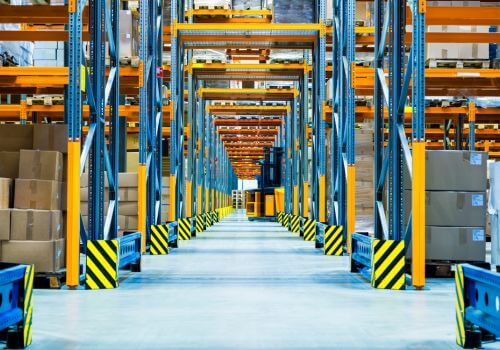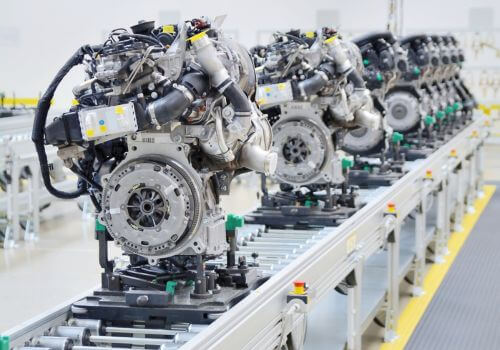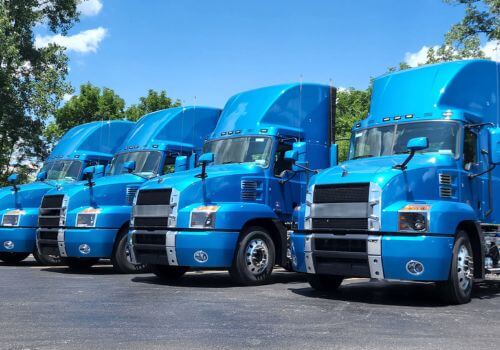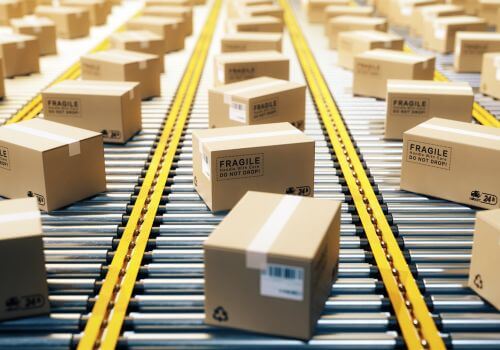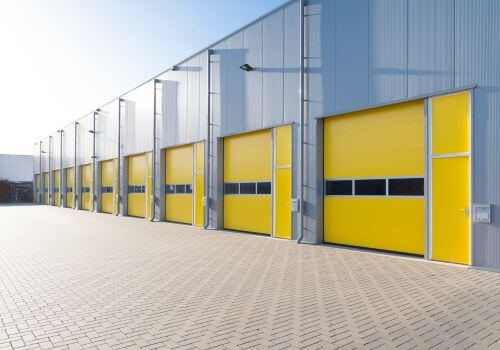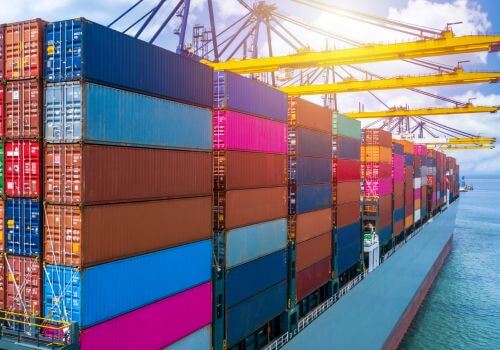In logistics, “containerization” involves using standardized, secure containers to transport goods. This method has made shipping goods worldwide more efficient, secure, and cost-effective.
What is a container?
A container is a large, sturdy metal box used to store and transport goods. The most common sizes are 20 feet and 40 feet long. These containers are designed to be easily stacked and transferred between ships, trains, and trucks.
How does containerization work?
Here are the steps involved in containerization:
- Packing. Goods are packed into containers at the point of origin, like a factory or warehouse.
- Sealing. The container is sealed and locked to keep the contents secure.
- Transporting. The sealed container is transported to a port and loaded onto a cargo ship using cranes.
- Shipping. The cargo ship carries the container across the ocean to the destination port.
- Unloading. At the destination port, the container is unloaded from the ship and moved to a truck or train.
- Final delivery. The container is transported to its final destination, where it is unpacked and the goods are distributed.
The benefits of containerization in logistics
- Containers are easily transferred between different transportation modes without needing to unpack and repack the goods. This saves times.
- Sealed and locked containers reduce the risk of theft and damage.
- Standard sizes make handling, stacking, and storing containers easier, optimizing space on ships and in warehouses.
- Reduces labor costs and speeds up loading and unloading processes, making shipping cheaper.
- Containers can carry a wide variety of goods and can be used for multimodal transport (ship, train, and truck).
Real-world example of containerization
Let’s say a company in China makes electronic devices for customers in the United States. Here’s how containerization helps them:
- Step 1. The company packs the devices into a container at their factory in China.
- Step 2. The sealed container is taken by truck to a nearby port.
- Step 3. At the port, the container is loaded onto a cargo ship.
- Step 4. The ship transports the container across the Pacific Ocean to a port on the West Coast of the United States.
- Step 5. At the U.S. port, the container is unloaded from the ship and placed on a truck or train.
- Step 6. The container is transported to the customer's location or a distribution center, where it is unpacked and the devices are delivered.
In summary, containerization is a method of transporting goods in large, standardized containers that makes shipping faster, safer, and cheaper by allowing easy transfer between trucks, trains, and ships.

